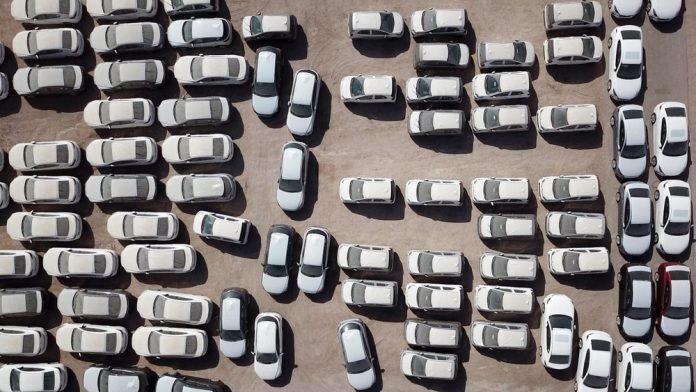New car prices rose only 0.4% year-over-year in July, the smallest annual increase in a decade.
According to Cox Automotive, average transaction prices reached $48,334 by the end of the month, $337 more than in June and $199 more than in July 2022. Since the start of the year, new car prices have fallen 2.7%, the largest percentage drop seen in the seven months between January and July since 2013. Stagnating price increases have become a trend in the vehicle market since automotive manufacturing resumed in 2022.
Although new car prices are still unaffordable for many customers, Cox Automotive research manager Rebecca Rydzewski wrote, “New-vehicle price inflation has all but disappeared in 2023.” Rydzewski attributed this shift to cost adjustments in the premium and electric vehicle segments, alongside an increase in new car production and incentive spending. “With higher inventories and higher incentives helping to keep downward pressure on prices, there certainly are good reasons for shoppers to be heading back into the market,” she added.
While their growth is beginning to stagnate, new car prices are still higher than they were before the pandemic. Cox Automotive notes that only one model, the Mitsubishi Mirage, cost less than $20,000 in July 2023, compared to 12 in July 2018. Meanwhile, the number of vehicles costing more than $100,000 increased to 32, more than double the amount five years before.
Ultimately, car dealers are still seeing market conditions trend in their favor, despite new car prices decreasing since the start of the year. Inventory and affordability have been the two biggest obstacles to growing sales volume since the start of the pandemic. As long as the industry continues to make slow progress on both issues, both OEMs and retailers can continue to capitalize from pent-up demand without cutting into their profit margins.



